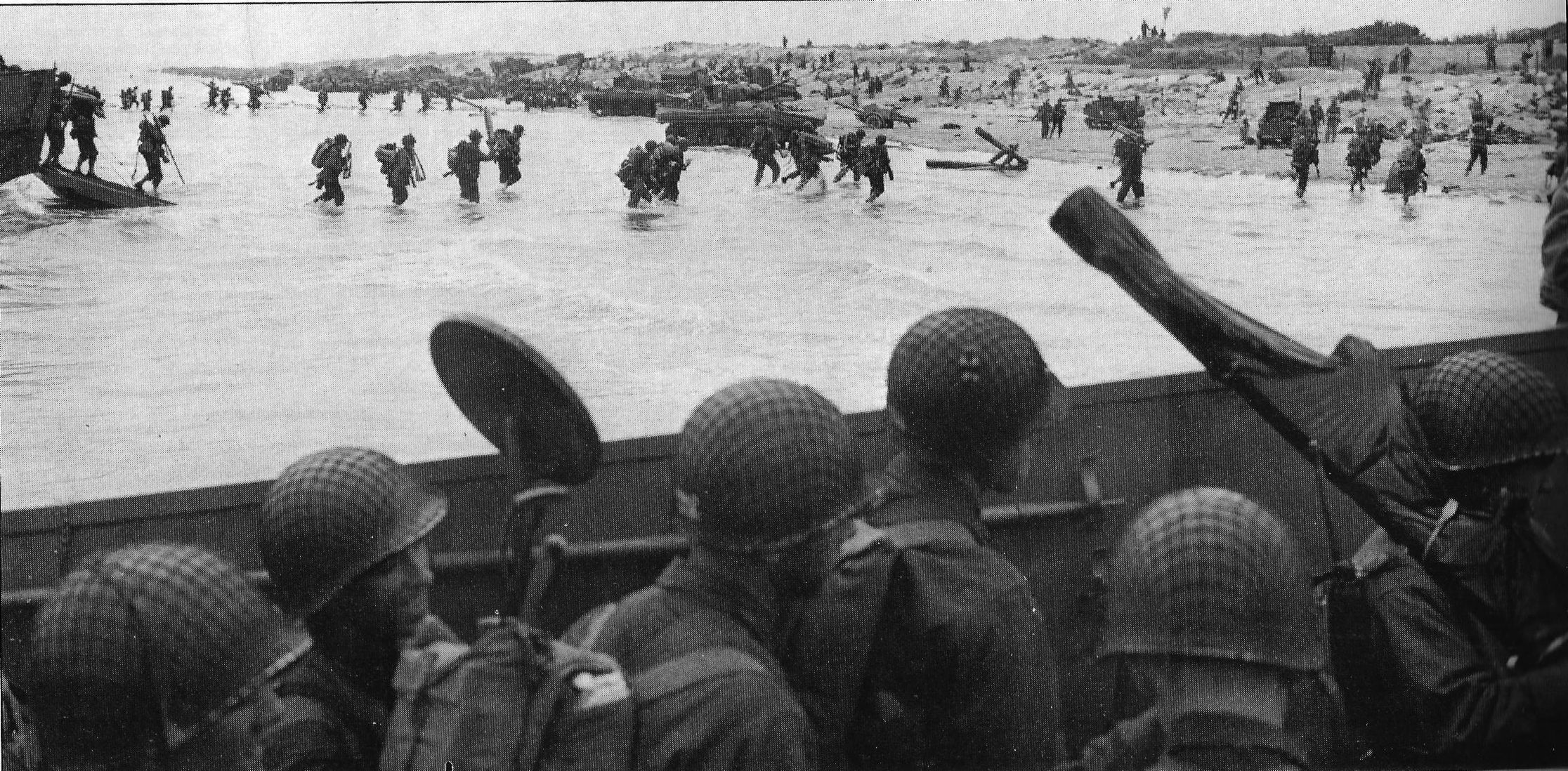Authors:
Historic Era:
Historic Theme:
Subject:
May/June 1987 | Volume 38, Issue 4


Authors:
Historic Era:
Historic Theme:
Subject:
May/June 1987 | Volume 38, Issue 4
This June 6 many ceremonies will mark the anniversary of the most massive amphibious invasion in history. One of them will be held at the U.S. military cemetery just east of Saint-Laurent-sur-Mer, a small French village on the Normandy coast. At the cemetery are buried 9,386 American soldiers. But there are other GIs who died that day who do not rest at Saint-Laurent-sur-Mer. Assigned to lead the very first wave, the men who lost their lives in the forefront of the D-day invasion not only have been denied a decent burial but they have been denied their rightful place in history.

They were killed not by German gunfire but by their own weapon, an ultrasecret device that had been approved by the highest-ranking Allied generals. It was a weapon so exciting that the British general Frederick Morgan, who prepared the preliminary invasion plans, said, “At last was found that for which every army in the world had been searching for years....” Nicholas Straussler, a mechanical wizard from Hungary who had become a British citizen, had found a way to float the thirty-two-ton Sherman tank. A seven-foot-high “bloomer”—a canvas collar attached all around the sides of the tank—raised the turret above the waterline. The rest of the tank remained submerged; periscopes and tiller were added, and two propellers in the rear pushed it through the water. These twin screws also served as inspiration for the new miracle weapon’s name: Duplex Drive Tank, better known as the DD Tank. The name was meant to fool the Germans; no one was allowed to refer to it as a floating tank.
From shore the DD Tank looked like a small canvas boat and was unlikely to draw enemy fire. But once it hit the beach, it would lower its collar and burst out of the water already firing.
The supreme commander of the Allied Expeditionary Forces, Gen. Dwight D. Elsenhower, was an old tank man himself, and his very first inspection trip after arriving in London was to see the new British device. Elsenhower, Gen. Bernard L. Montgomery, and the other admirals and generals assembled at a lake where the DD Tank was put into action. Eisenhower became so excited that he got on board one and steered it around the lake.
Gen. George C. Marshall had already approved the use of the DD Tank by the Americans, but because Eisenhower wanted to be sure this new weapon would be available